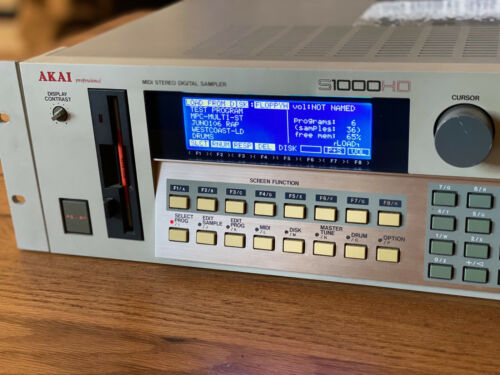The Moog Prodigy is a classic synthesizer first introduced in 1979 by Moog Music. It was designed as a more affordable and compact alternative to Moog’s larger and more expensive synthesizers, such as the Minimoog and the Polymoog. Despite its smaller size and lower price point, the Prodigy still featured many of the same powerful sound-generating capabilities as its larger counterparts.
The Prodigy’s sound-generating capabilities are based on Moog’s classic subtractive synthesis architecture. This architecture uses a voltage-controlled oscillator (VCO) to generate a basic waveform, such as a sawtooth or square wave. This waveform is then passed through a voltage-controlled filter (VCF) and a voltage-controlled amplifier (VCA) to shape and control the final sound. The Prodigy also features a noise generator, a sample-and-hold module, and a modulation section that includes a low-frequency oscillator (LFO) for creating vibrato and other modulation effects.
One of the Prodigy’s most notable features is its compact and portable design. The Prodigy’s compact size and lightweight construction made it ideal for musicians on the go, and its relatively low price point made it more accessible to a wider range of musicians than Moog’s larger and more expensive synthesizers. Despite its compact size, the Prodigy still featured a full-sized keyboard and a comprehensive control panel, allowing musicians to easily access and manipulate all of the synth’s various sound-generating capabilities.
The Prodigy was well-received by musicians and critics when it was first released. It was used by many musicians across different genres, from electronic and experimental musicians to pop and rock bands. Some notable musicians that used the Prodigy include Depeche Mode, New Order, and Ultravox.
Despite its popularity, the Moog Prodigy was only produced for a few years and was discontinued in the early 1980s. However, its legacy lives on, and the Prodigy remains a popular and highly sought-after synthesizer among vintage synth enthusiasts and collectors.
Used by



